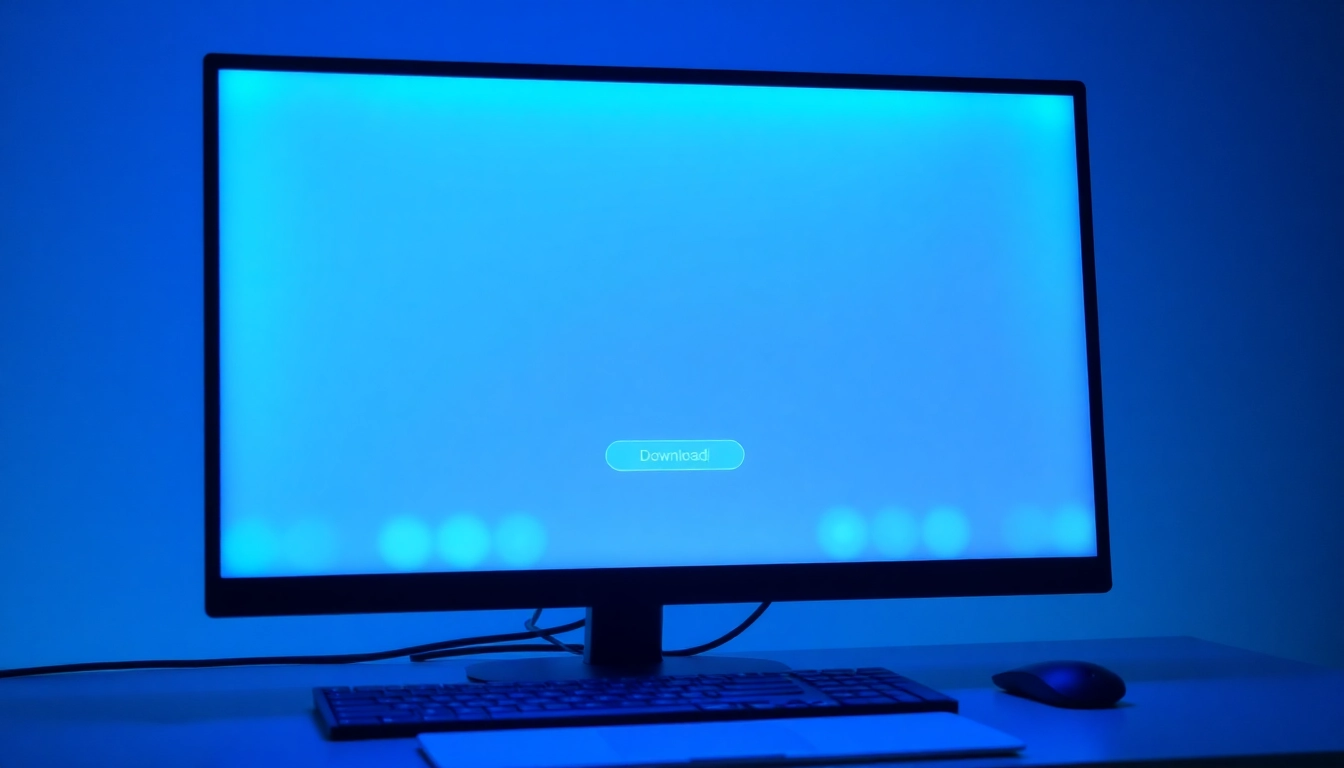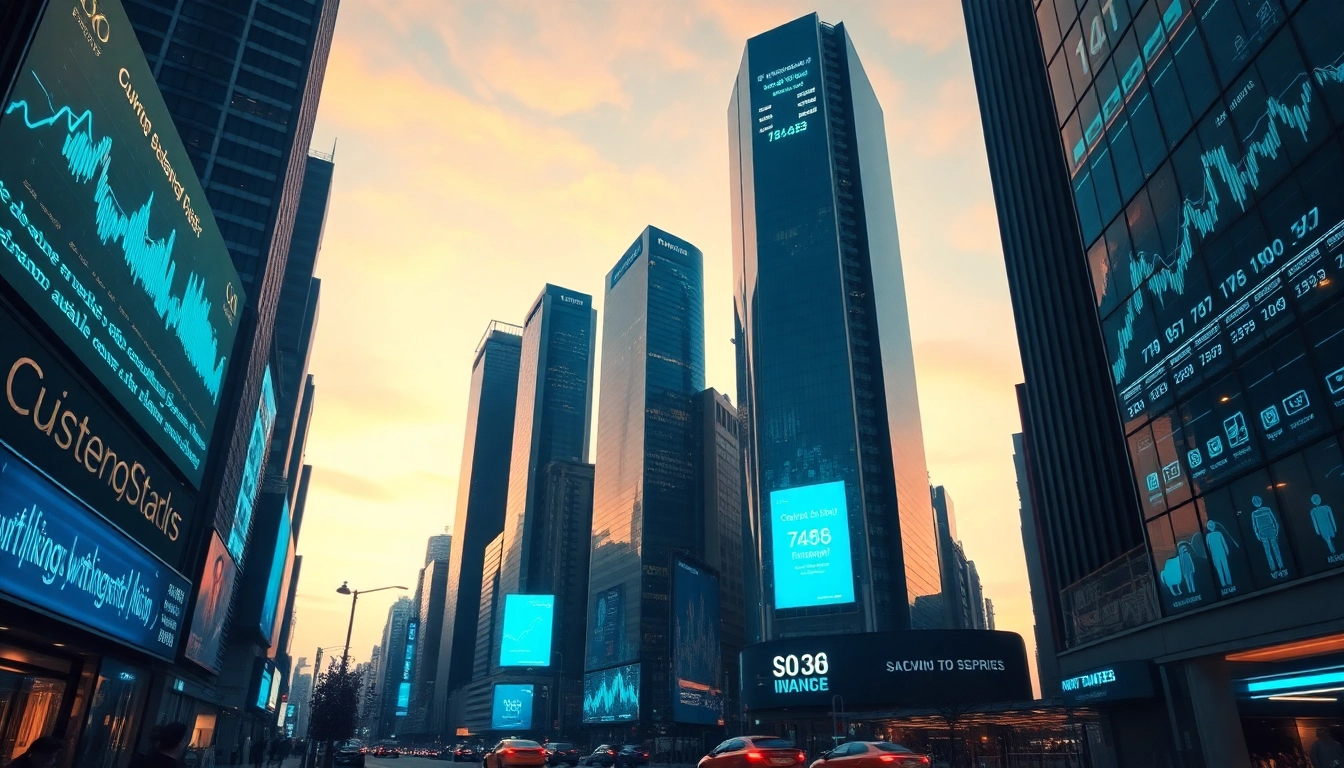Understanding Drone Photography Editing
The Basics of Drone Photography
Drone photography, a captivating blend of technology and artistry, has seen a remarkable rise in popularity. With drones capable of capturing stunning aerial views, photographers can transform ordinary landscapes into extraordinary visual experiences. The essence of drone photography lies in the unique perspective it offers, enabling photographers to showcase images that would otherwise be impossible to capture. However, capturing stunning aerial shots is just the beginning; editing these photographs is where their true potential is unlocked.
Importance of Photo Editing
Once the images are captured, the real magic often happens in the editing room. Photo editing allows photographers to enhance colors, correct distortions, and bring out intricate details that contribute to the overall aesthetic appeal of the image. Without proper editing, even the most beautiful shots may fail to deliver their full impact. This necessity has led many photographers to seek out the best software for drone photography editing, designed specifically to cater to the unique needs of aerial photography.
Software Features to Consider
When selecting software for drone photography editing, several key features should guide your choice. Look for software that offers comprehensive tools for color correction, exposure adjustments, noise reduction, and sharpening. A good interface should also support various file formats like RAW, JPEG, and TIFF, ensuring compatibility with your drone’s output. Finally, consider whether the software allows for batch processing, which can significantly enhance your editing efficiency.
Top Software Options for Drone Photography Editing
Best Software for Beginners
For those just starting their journey in drone photography editing, user-friendly software can make a world of difference. Programs like Adobe Lightroom offer a clean interface that simplifies the editing process. Features such as one-click adjustments and intuitive sliders make it easy to achieve beautiful edits without overwhelming complexity. Another excellent choice for beginners is Skylum Luminar, which provides a robust selection of presets and AI enhancements that can bring images to life with minimal effort.
Advanced Editing Tools for Professionals
For seasoned professionals, tools that provide advanced capabilities are essential. Software like Adobe Photoshop remains a leading choice, thanks to its extensive features for detailed retouching, layering, and compositing. Furthermore, Capture One is another excellent tool, especially for photographers who shoot in RAW format, offering unparalleled color grading and tethering options. The ability to create custom workflows tailored to specific projects can drastically improve productivity and creativity in the editing process.
Comparative Analysis of Popular Software
With so many options available, a comparative analysis of popular software can help guide your decision. Adobe Lightroom vs. Skylum Luminar is a common debate among photographers. While Lightroom excels in library management and organization, Luminar’s AI tools can significantly speed up the editing process for beginners. For advanced editing, professionals often lean toward Photoshop, as it allows for more intricate adjustments than Lightroom or Luminar can offer. However, combining these tools can provide a balanced approach that capitalizes on their individual strengths.
Key Features of Effective Editing Software
User-Friendly Interfaces
A user-friendly interface is crucial, especially when dealing with complex editing software. For photographers who may not have a background in digital editing, intuitive navigation becomes a significant factor. Software like Corel PaintShop Pro stands out with its clean design and accessible functionalities, making it approachable even for novice users.
Customizable Editing Options
Every photographer has a distinct style, and effective editing software should provide customizable options that allow for personal expression. Look for software that offers a wide array of filters, presets, and manual controls. Programs like Affinity Photo provide a robust toolkit that lets users fine-tune every aspect of their images, allowing for creative freedom and unique outcomes.
Support for Various File Formats
One of the most crucial considerations when selecting editing software is the support for various file formats, particularly for drone photography. Many drones capture images in RAW format, which requires software capable of processing these files without losing quality. Ensure that the software you choose supports industry-standard formats such as RAW, JPEG, PNG, and TIFF to avoid limitations in your editing capabilities.
Tips for Maximizing Your Editing Efficiency
Workflow Strategies for Faster Editing
Efficient workflow strategies can drastically reduce the time spent editing. Start by establishing a consistent import process, organizing your files into easily navigable folders. Create a streamlined sequence of editing tasks, such as correcting exposure, enhancing colors, and applying filters. By following this systematic approach, photographers can focus more on creativity than on navigating through their edits, ultimately saving time.
Utilizing Shortcuts and Techniques
Many editing software programs come with keyboard shortcuts that can speed up the editing process significantly. Learning these shortcuts can make a difference in efficiency, allowing for quick access to essential tools. Additionally, utilizing batch processing features saves time by applying edits across multiple images simultaneously. This can be particularly useful when working with a series of images taken in similar lighting conditions.
Organizing Your Workspace for Success
A well-organized workspace can foster creativity and maximize efficiency. Group similar tools together, utilize workspaces tailored to specific tasks, and keep your most-used features readily accessible. By creating a comfortable and organized editing environment, photographers can maintain focus and enhance their productivity.
Evaluating and Choosing the Right Software
Trial Versions and Customer Reviews
Before committing to any software purchase, take advantage of trial versions, which allow potential users to test features and capabilities. Additionally, reading customer reviews offers insights into user experiences and potential drawbacks of the software. These evaluations can help you select a platform that aligns with your editing requirements and preferences.
Pricing Models and Subscriptions
Pricing can vary dramatically among software options, from one-time purchases to recurring subscription models. Adobe Creative Cloud offers a subscription model that includes access to various applications, while standalone products like Capture One may require a single purchase. Evaluating what fits within your budget while providing necessary features is critical in making the right choice for your editing needs.
Support and Resources for Users
Lastly, consider the level of support that comes with the software. Look for programs that offer robust support resources, including tutorials, community forums, and customer service options. These resources can be invaluable, enhancing your learning curve and ensuring you can overcome challenges as you edit.




